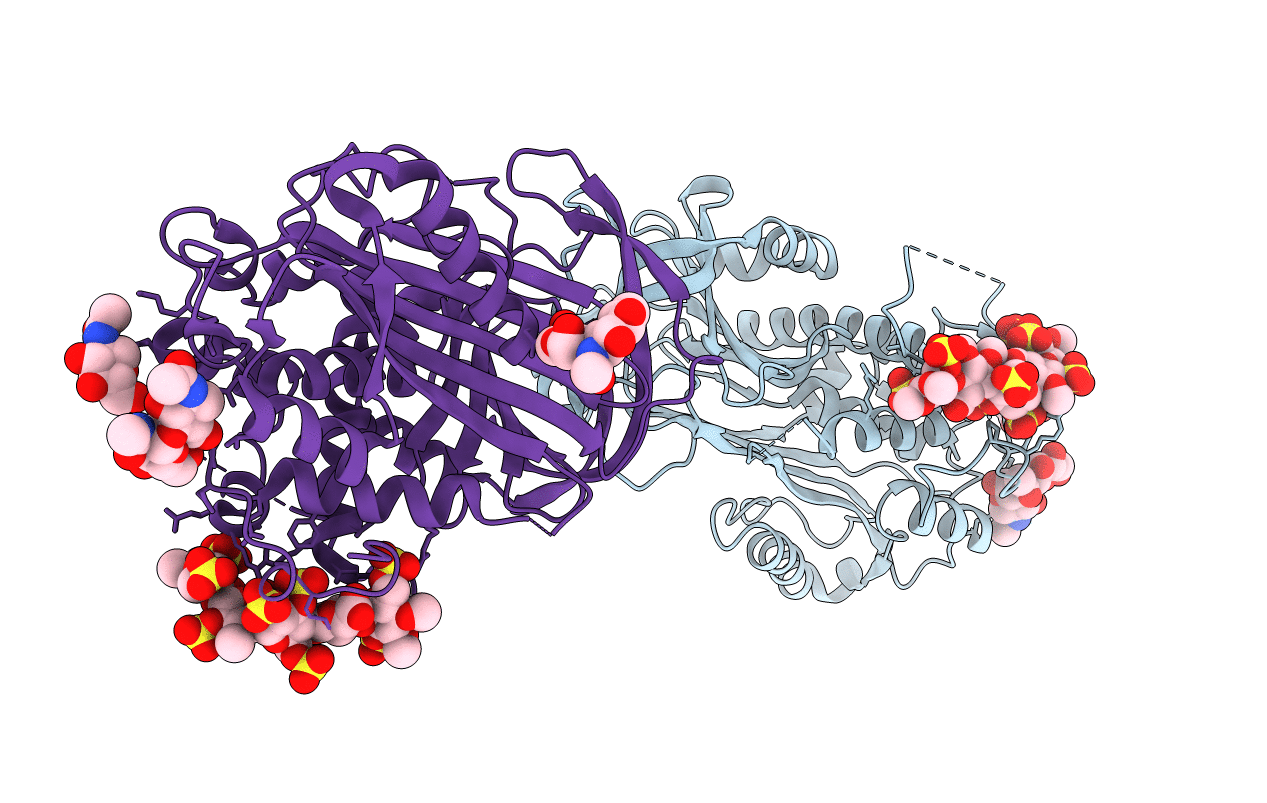
Deposition Date
2003-01-21
Release Date
2003-09-30
Last Version Date
2024-10-16
Entry Detail
PDB ID:
1NQ9
Keywords:
Title:
Crystal Structure of Antithrombin in the Pentasaccharide-Bound Intermediate State
Biological Source:
Source Organism:
Homo sapiens (Taxon ID: 9606)
Method Details:
Experimental Method:
Resolution:
2.60 Å
R-Value Free:
0.25
R-Value Work:
0.20
Space Group:
P 1 21 1


